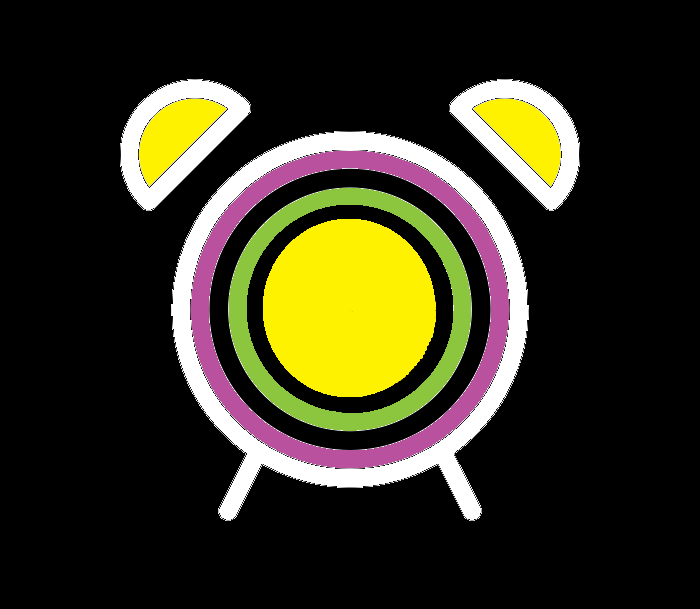Rock Cycle Experiment for Kids | Hands-On Geology Activity
Watch Rocks Transform in This Cool Rock Cycle Experiment!
Ever wondered how rocks change over time? With this fun and easy rock cycle experiment, your child will get hands-on experience with how sedimentary, metamorphic, and igneous rocks form—all using simple materials you already have at home! This engaging STEM activity is perfect for elementary-aged kids who love to explore and learn through play.
What You’ll Learn
In this rock cycle experiment, kids will:
- Understand the three main types of rocks: sedimentary, metamorphic, and igneous.
- See how heat, pressure, and cooling transform rocks.
- Learn about the rock cycle and how it shapes the Earth.
Perfect for STEM learning at home or in the classroom!
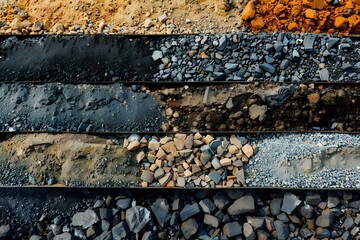
Why It Matters
Rocks aren’t just found on the ground—they tell the story of Earth’s history! Learning about the rock cycle helps kids understand how mountains form, why volcanoes erupt, and how weather changes landscapes. This hands-on science experiment makes geology exciting and relatable for kids.
Quick Facts
- Time Needed: 15–30 minutes
- Difficulty Level: Easy
- Best For: Ages 5–11 (elementary school kids)
- Science Type: Earth Science
- Mess Level: Low
- Materials Needed:
- Crayons (representing rock material)
- Butter knife or grater
- Wax paper
- Aluminum foil
Simple materials, big learning fun!
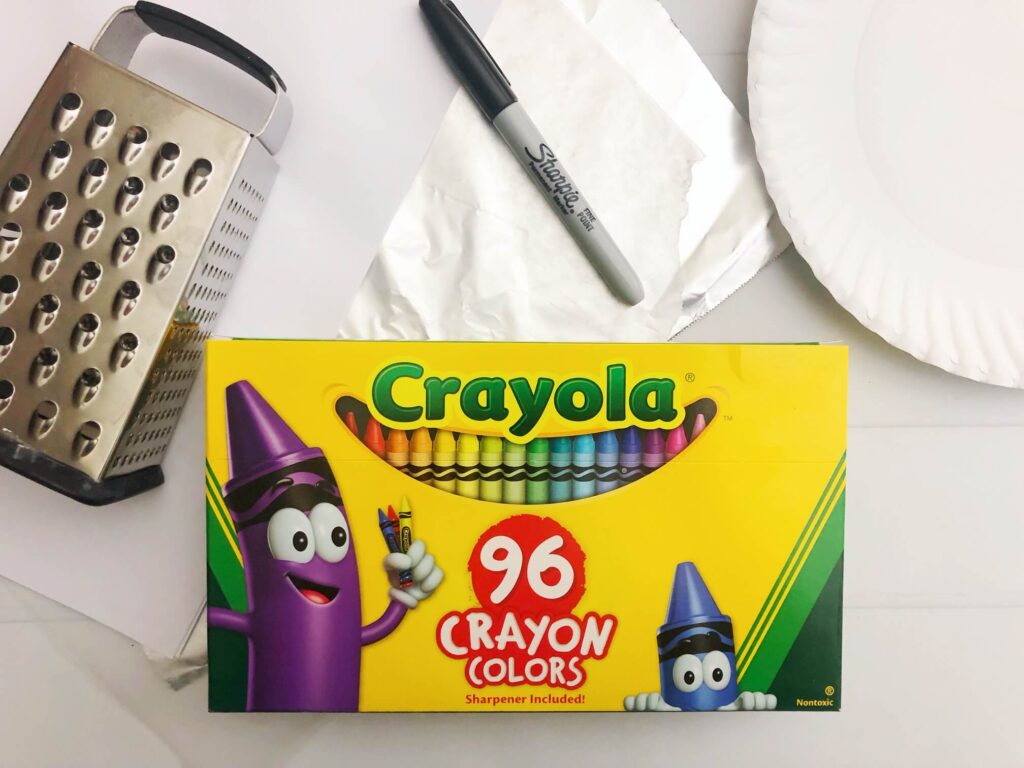
What’s the Science?
Rocks don’t stay the same forever—they’re constantly changing due to heat, pressure, and erosion. Here’s how:
- Sedimentary Rocks – Tiny bits of material (like crayon shavings) get pressed together to form new layers.
- Metamorphic Rocks – When heat and pressure increase, rocks squish and change but don’t melt completely.
- Igneous Rocks – When melted rock cools and hardens, it forms new solid rock.
By using crayons as rock models, kids can see the rock cycle in action—right in their own hands!
Fun Fact Corner
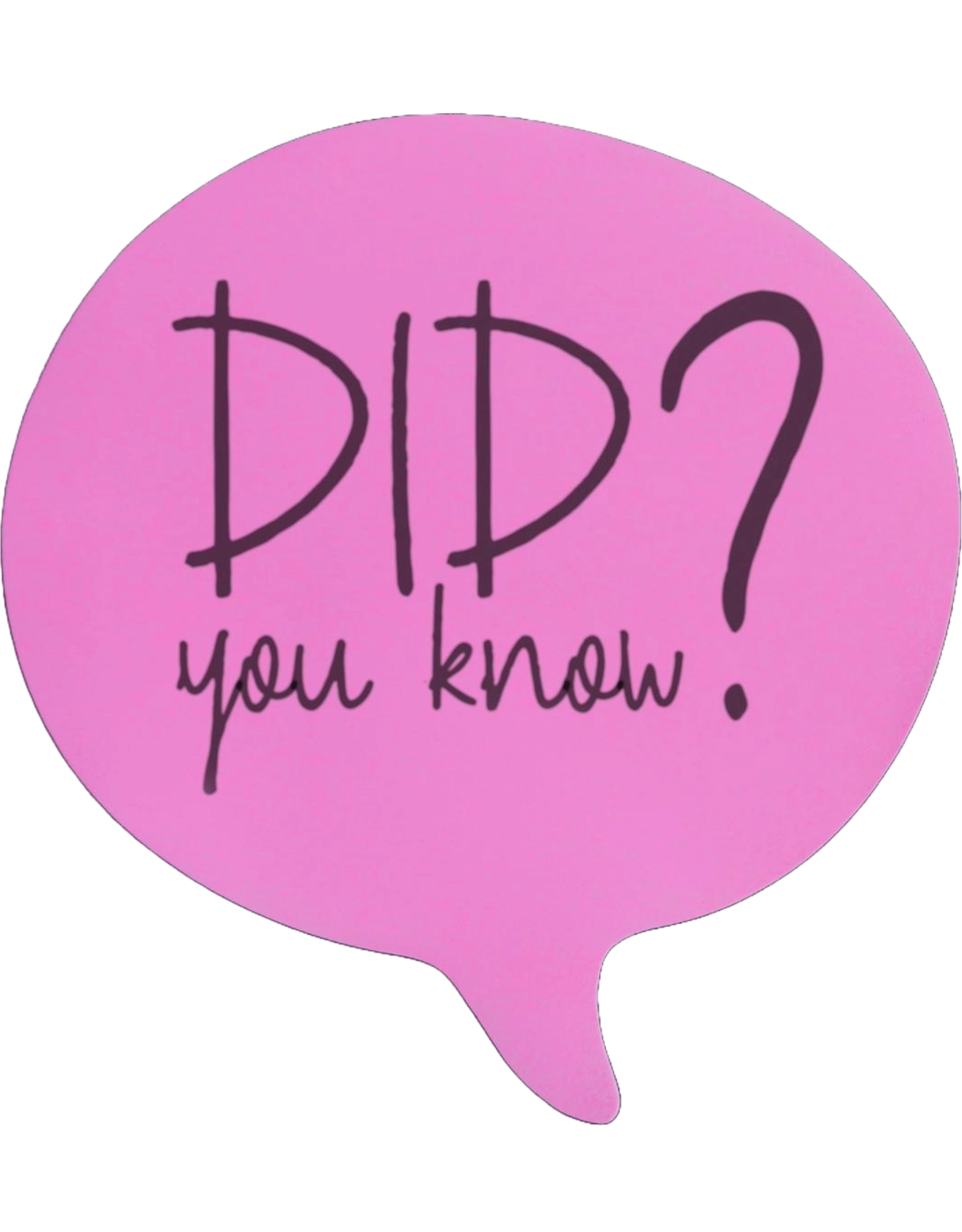
Did you know that diamonds are actually a type of metamorphic rock? They form deep underground under extreme heat and pressure—just like in this experiment! Ask your child: “What other things change when heated or pressed?”
Try It & Share!
We’d love to see your child’s rock creations!
Share your results with us on social media @arecipeforscience



Want more easy science activities? Try our How to Make Oolblek activity!
Let’s make learning fun, interactive, and unforgettable—one science experiment at a time!
What’s the Science Behind the Science?
This fun experiment falls under Earth Science, specifically Geology. Let’s find out a little more about both.
What Is Earth Science?
Earth science is like a giant puzzle that helps us understand our amazing planet. It’s the study of everything that makes Earth tick—from the air we breathe to the rocks beneath our feet and even the deep, mysterious oceans. Scientists in this field ask big questions:
- What causes earthquakes?
- How do mountains form?
- Why does the weather change?
By studying Earth science, we can predict natural disasters, find valuable resources, and even learn how to take better care of our planet. It’s a little like being a detective, but instead of solving crimes, Earth scientists solve the mysteries of nature!
Check out more Earth Science experiments.
Earth Science Is Everywhere!
One of the coolest things about Earth science is that it’s all around us. Every time you pick up a rock, watch a storm roll in, or dig a hole in the sand at the beach, you’re interacting with Earth science.
This field is divided into different branches, including:
- Geology – The study of rocks, minerals, and Earth’s structure.
- Meteorology – The science of weather and climate.
- Oceanography – The exploration of oceans and marine life.
- Astronomy – The study of celestial objects, like stars and planets.
Whether it’s investigating volcanoes, hurricanes, or even space rocks, there’s always something new and exciting to explore!
What Is Geology?
Now, let’s zoom in on one of the most fascinating branches of Earth science: geology! Geology is all about rocks, minerals, and the forces that shape the land beneath us. Think of geologists as time travelers—by studying rocks and fossils, they can uncover stories about Earth’s history that go back millions (or even billions!) of years.
Have you ever wondered:
- How was the Grand Canyon formed?
- Why do some mountains look jagged while others are smooth?
- What causes earthquakes and volcanic eruptions?
Geology holds the answers!
Click here for a delicious Geology activity.
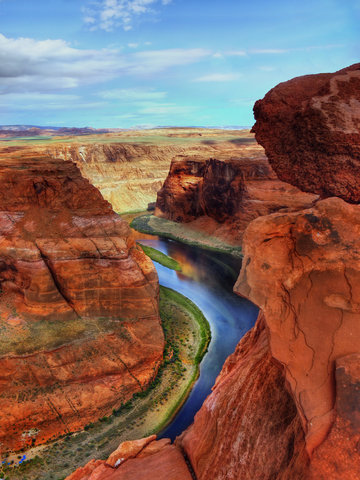
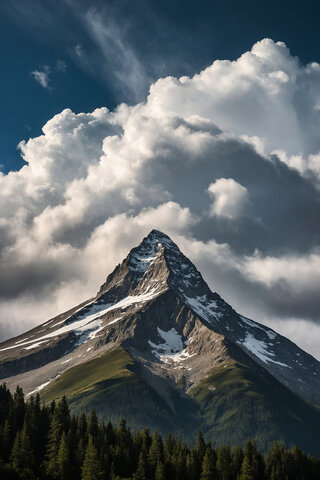
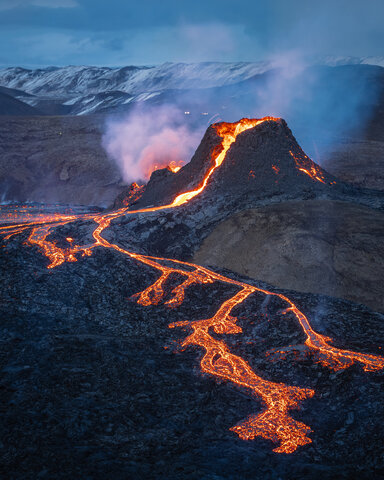
Why Geology Matters
Geologists don’t just look at rocks; they also study massive natural events like earthquakes, volcanoes, and landslides. Their work helps us understand and prepare for these natural disasters.
But geology isn’t just about Earth’s past—it’s important in our daily lives, too! The materials used to build houses, roads, and even your smartphone all come from minerals that geologists help discover. So the next time you pick up a cool-looking rock, remember—you might just be holding a tiny piece of Earth’s incredible history!
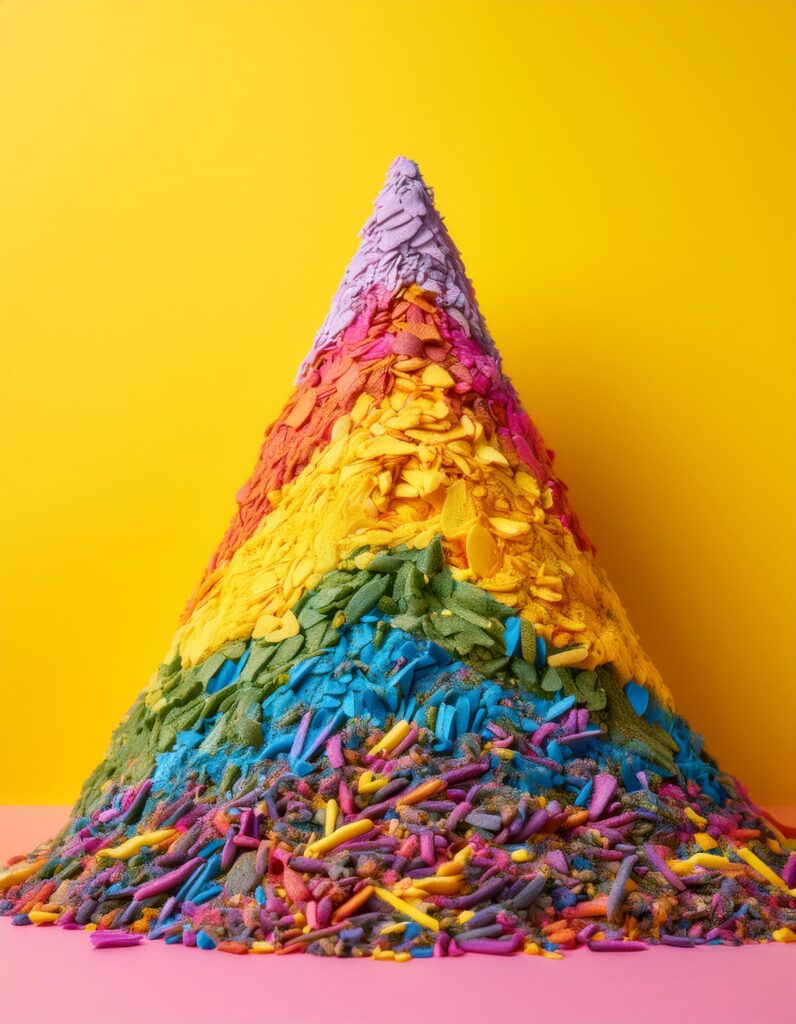
Crayon Rock Cycle
Ingredients
INSTRUCTIONS
-
Click here for the full experiment details. Checkout the main website: Little Bins for Little Hands
-
Get experimenting!
-
Feed your knowledge.
-
Come back for more recipes for science!
Note
As the Little Bins for Little Hands site points out, the idea for this project is to use used crayons. Right before or after a school year might be the best time for this one.


